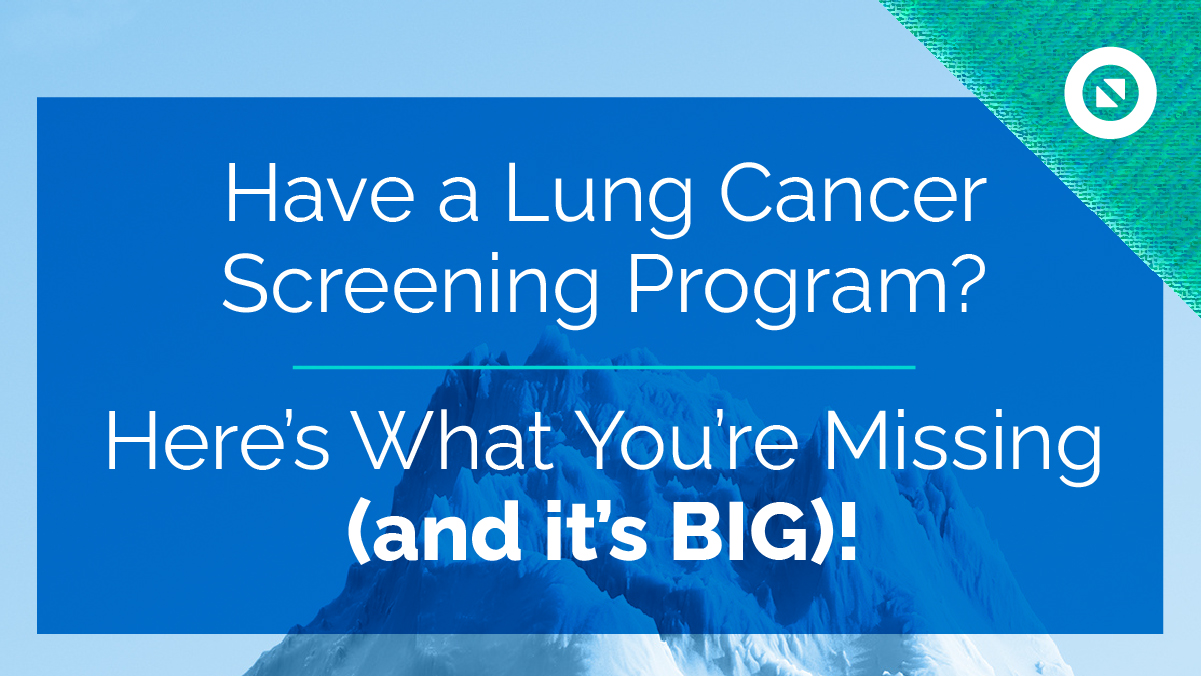Optimization of the care of the incidental pulmonary nodule patient that ultimately leads to a system-wide stage shift and improved lung cancer outcomes is complex, and requires an integrated set of processes but without both capture of the incidental pulmonary nodule (IPN) and adherence to the next step in patient care, realizing this goal of improved lung cancer outcomes is not possible. Combining Eon’s proprietary Computational Linguistics and Care Management platforms allows capture and adherence to the next step in patient care respectively. It is only by combining both Computational Linguistics and Care Management that the 71% of patients that are identified to have an incidental pulmonary nodule by the radiologist- but then do not receive follow up for this finding – get the care that they deserve.
Successful capture of incidental pulmonary nodules requires a software solution that has several features. First, avoiding false negatives and minimizing false positives is essential. Second, nodules must be captured from more than chest CTs. In an analysis of more than 1.2 million radiology reports that identified a pulmonary nodule, it was revealed that 9.6% of nodules are identified on x-ray and 19.6% of pulmonary nodules are identified on abdominal exams. A system that does not capture nodules from other radiologic exam modalities (like x-ray) or non-chest exams is missing a significant opportunity to impact community wide lung cancer outcomes. Lastly, capturing these findings without asking the radiologist to change their workflow or dictation process is essential. Eon’s Computational Linguistics data science models have a sensitivity of 99.76% and a specificity of 98.12%, capture nodules from any radiologic modality or anatomic exam that includes any part of the lung, and does not require the radiologist to alter their workflow.

Combining IPN capture with Eon’s Care Management program has been shown to increase the total return rate for the next step in care.
Capture of the incidental pulmonary nodule is only the first step required in being able to maximize the percentage of lung cancer patients that will be diagnosed with early stage disease, and thus be eligible for curative intent therapy. There is data that across the country, despite the radiologist identifying an incidental pulmonary nodule, that the average time to first work up of an IPN is 8-months. There are many reasons for this, however in an analysis of 906 consecutive radiologist reports from 52 geographically diverse hospitals and including only patients with IPNs >8 mm to 30 mm (high risk), it was revealed 47% of patient reports did not contain discrete guideline appropriate recommendations by the radiologist. Eon Care Management helps to solve this problem, and increase adherence to the next step by combining complex workflow automation and an intensive omni-channel communication strategy. Total patient return metrics for Care Management in 2021 is 81.3%, with several programs reporting total patient return rate exceeding 90% as we moved into 2022.
In summary, Eon’s Computational Linguistic solution allows efficient capture of the incidental pulmonary nodule with both high sensitivity and specificity from all radiologic modalities and in non-chest exams, without requiring the radiologist to alter their workflow. Combining IPN capture with Eon’s Care Management program has been shown to increase the total return rate for the next step in care. Although capture and adherence do not equate to improvement in lung cancer outcomes on a system wide level by themselves, a successful argument can be made that a system wide improvement in lung cancer outcomes is not possible without successful capture and adherence to the next step in the management of the incidental pulmonary nodule

